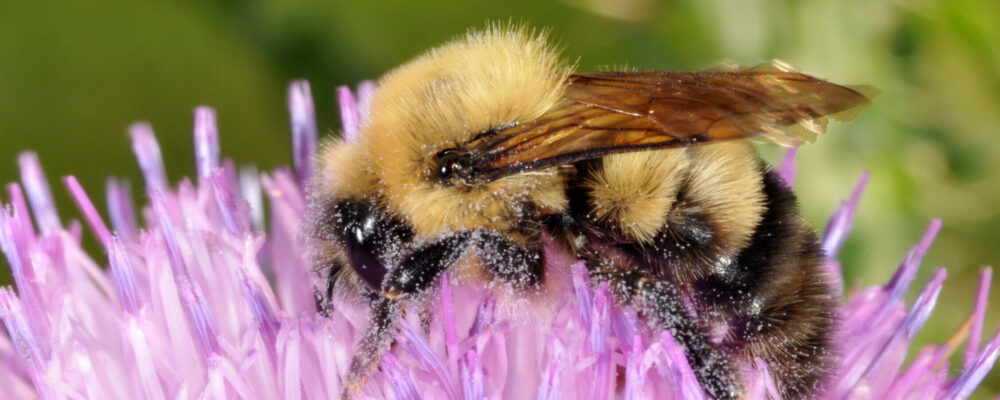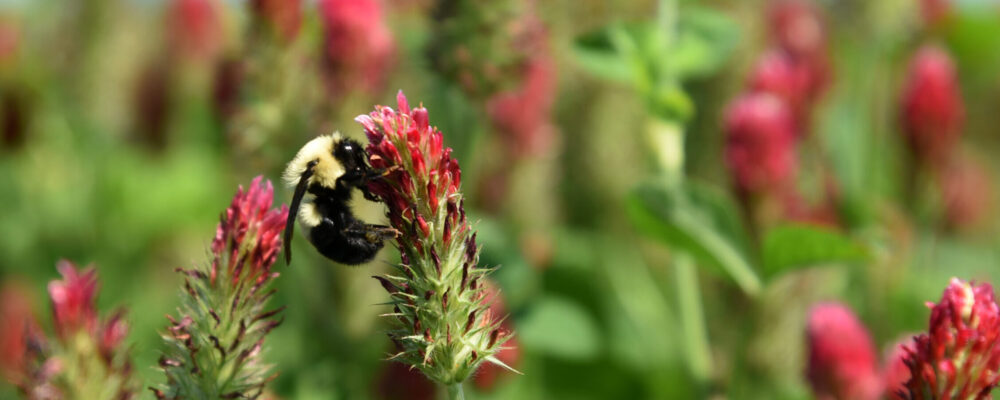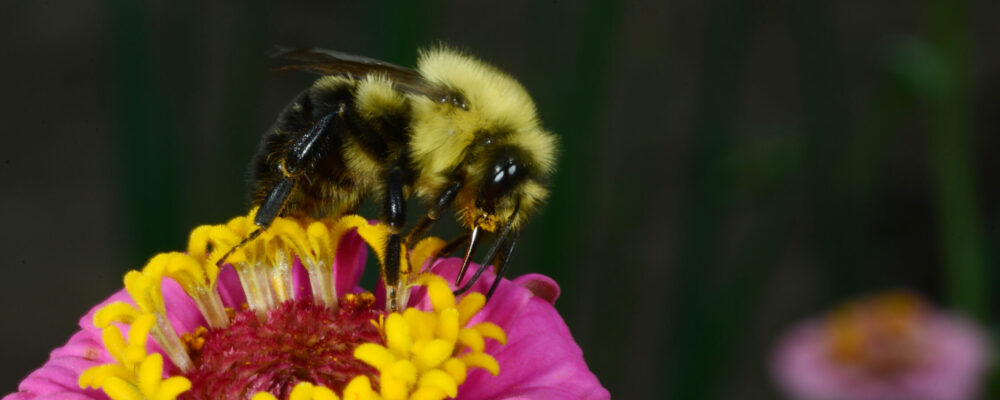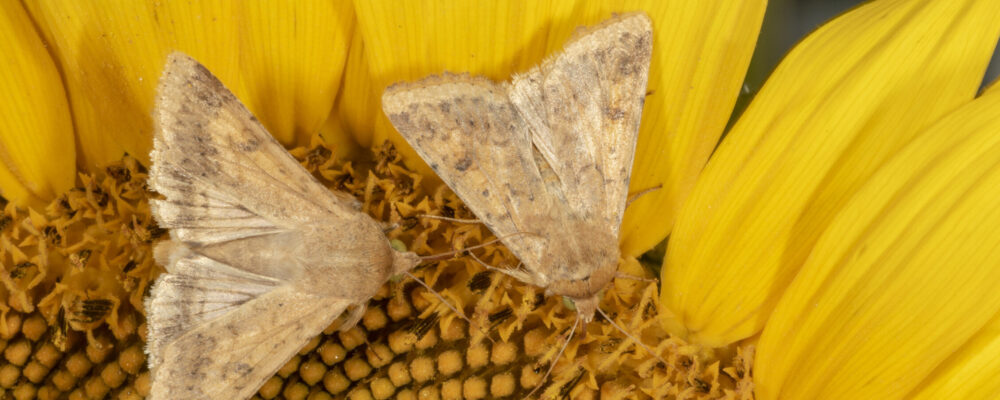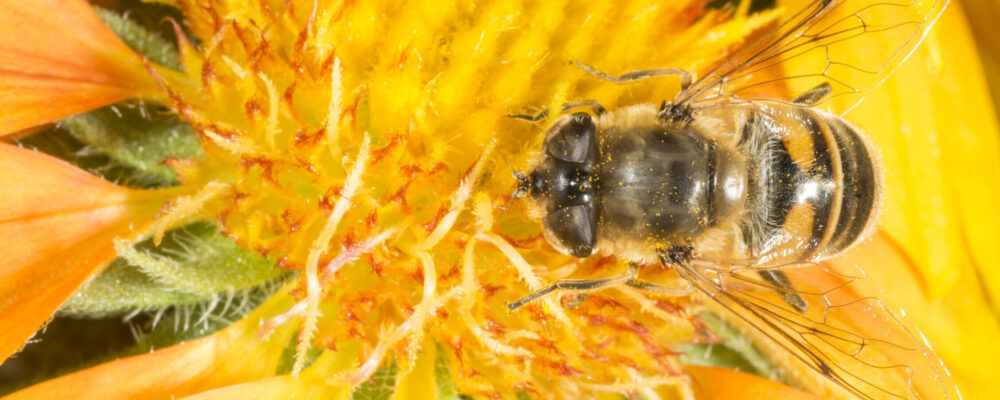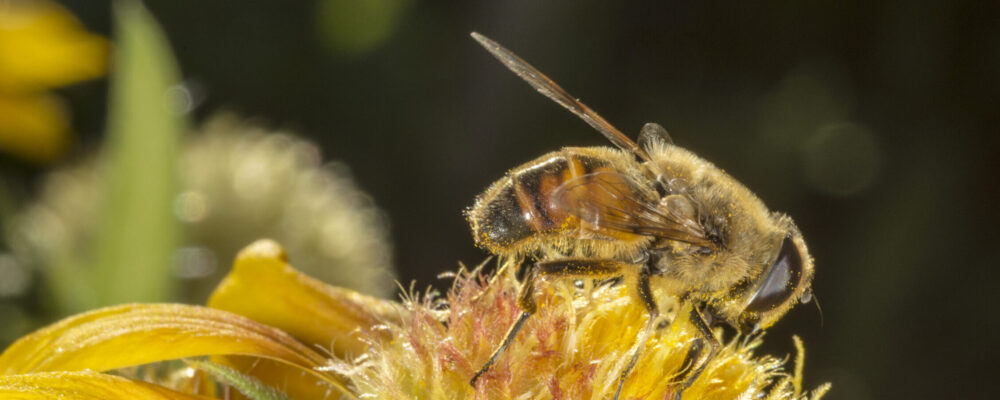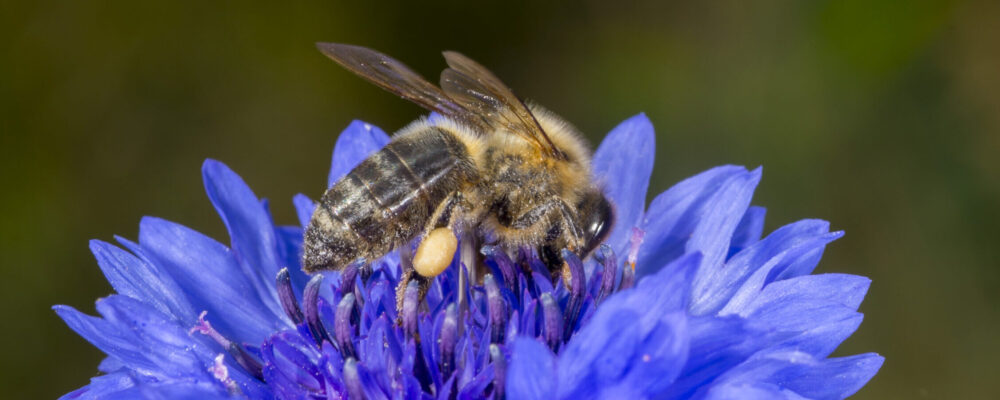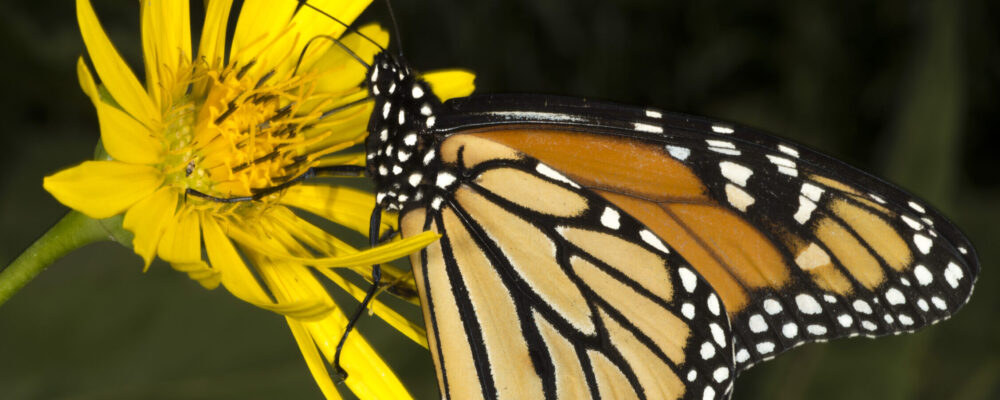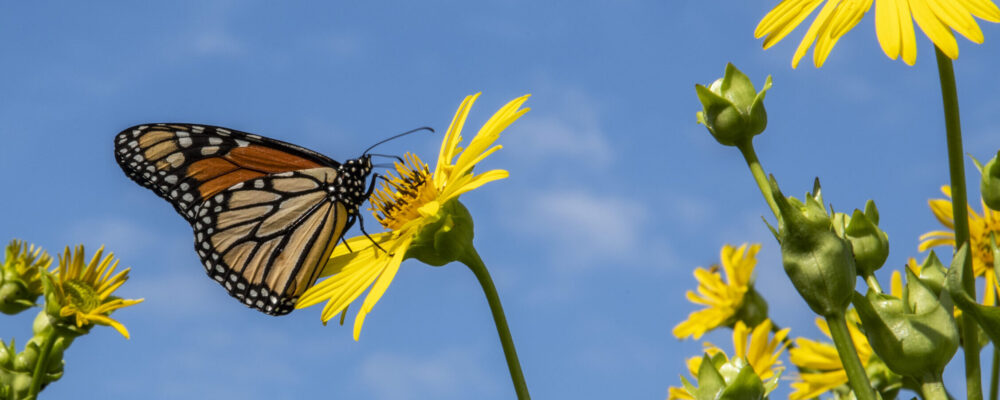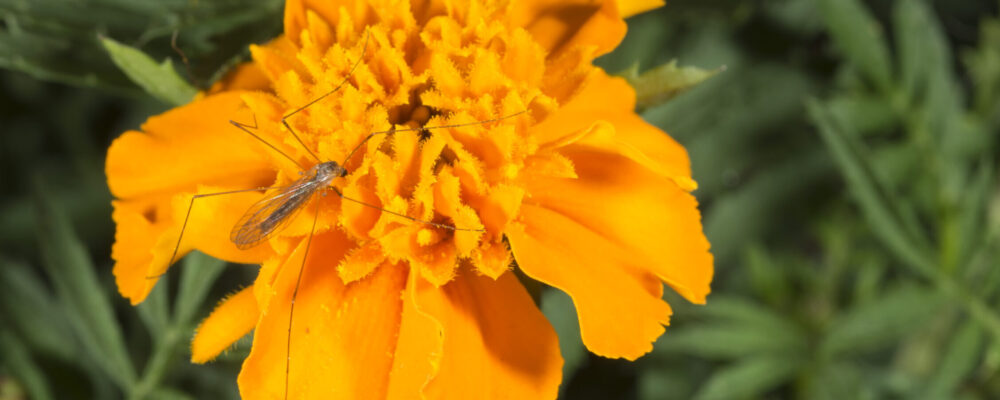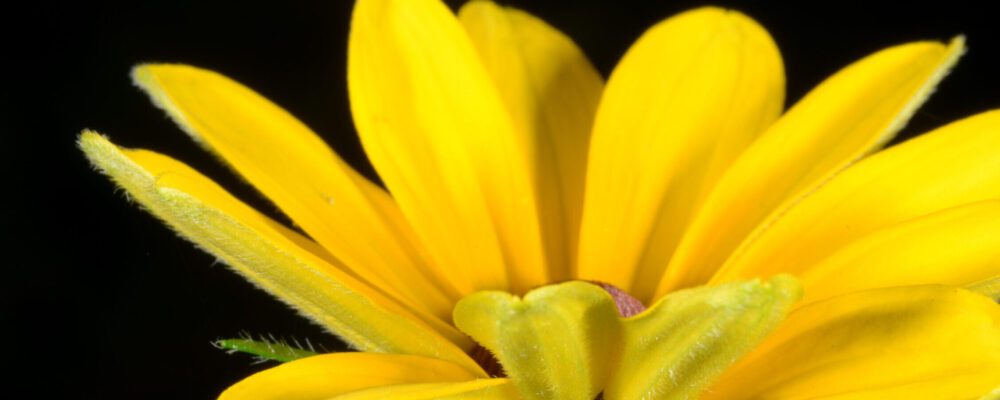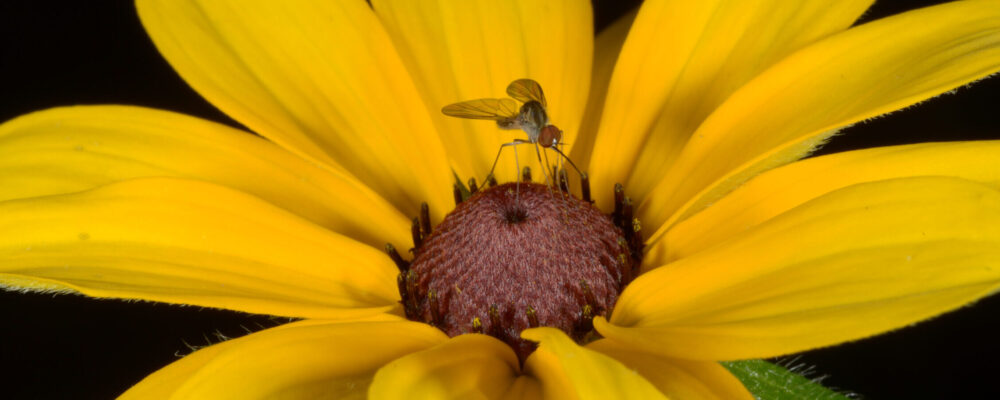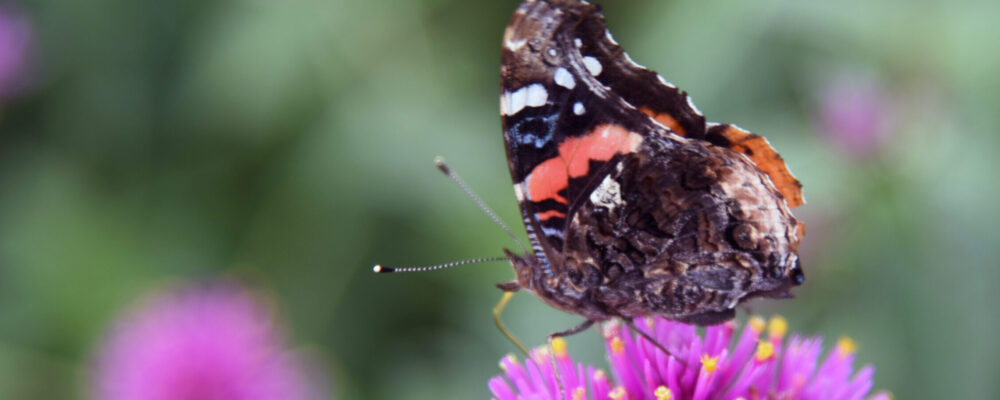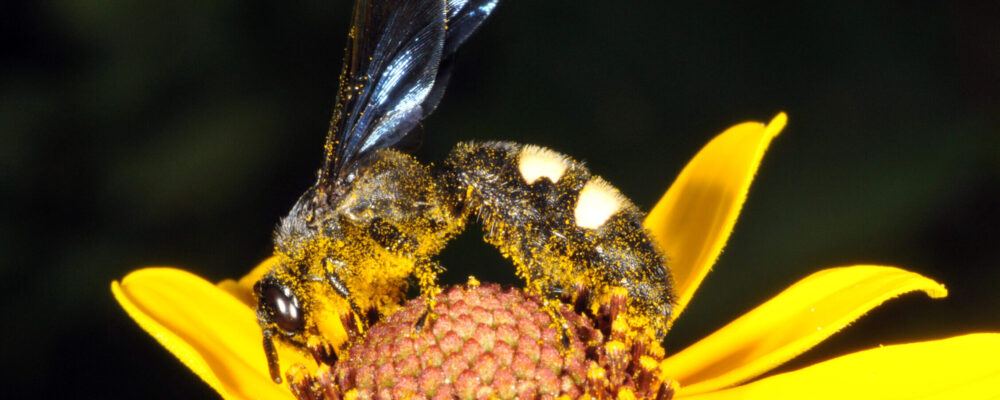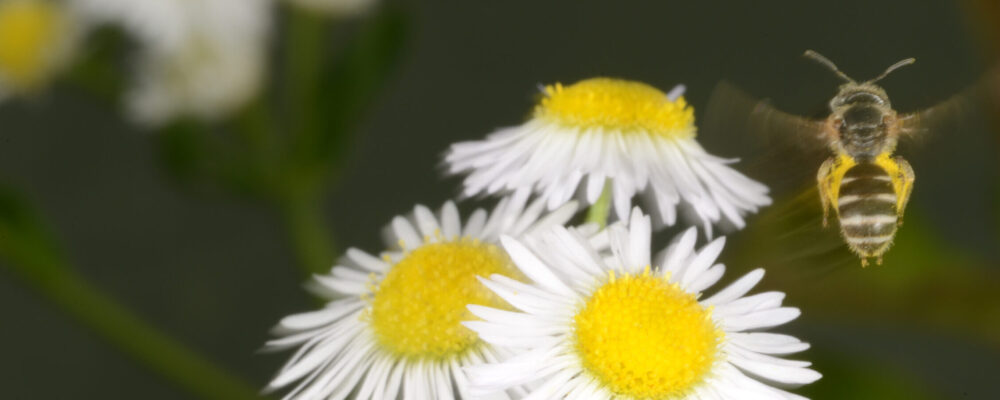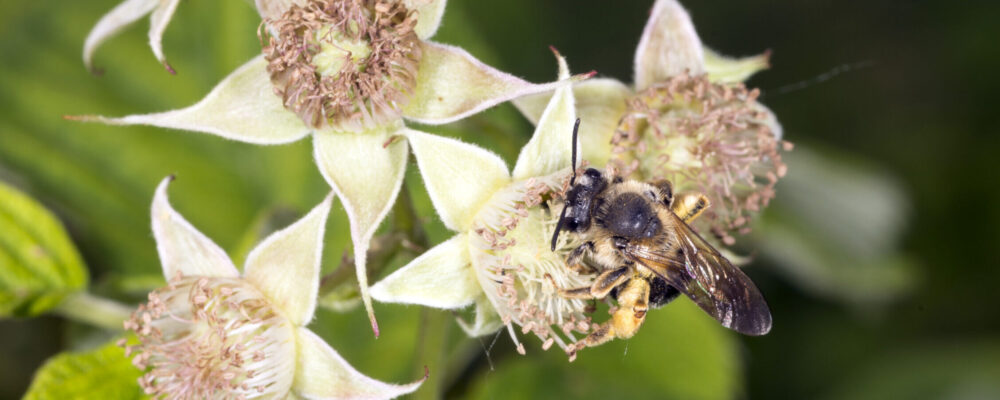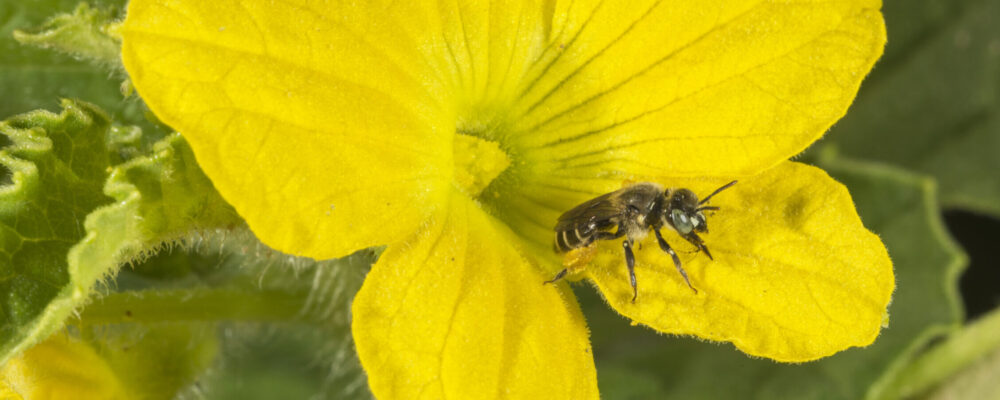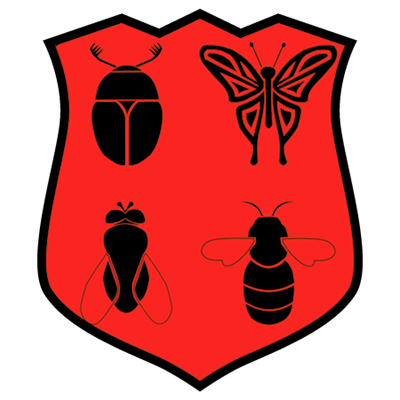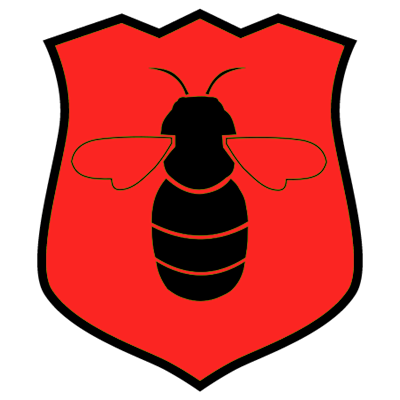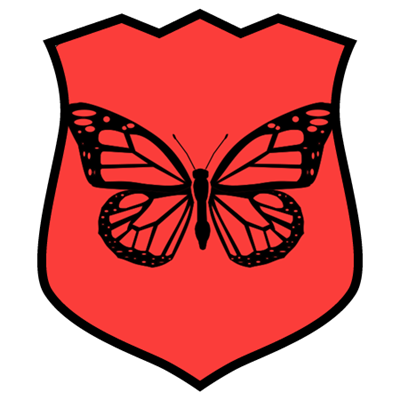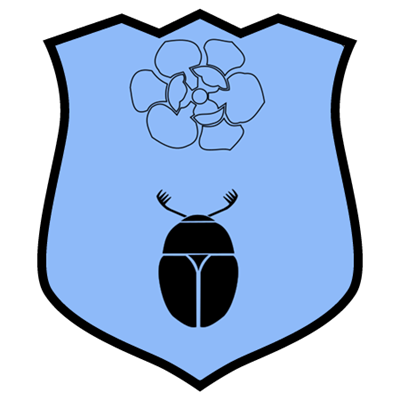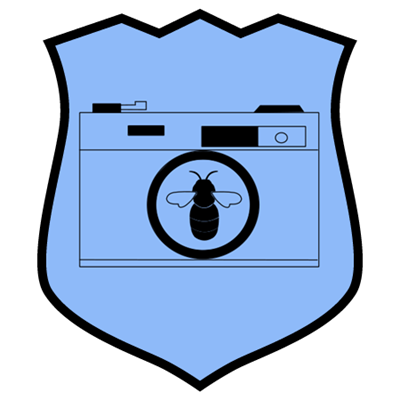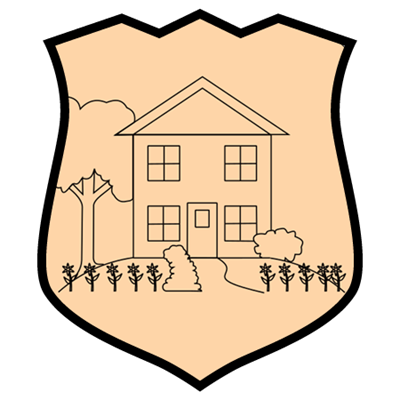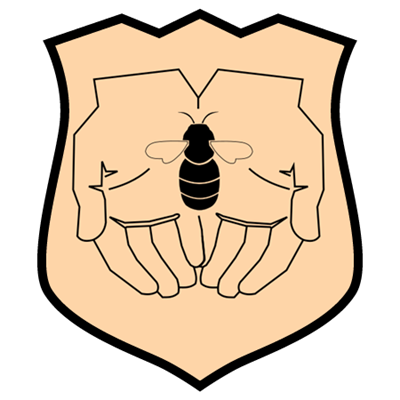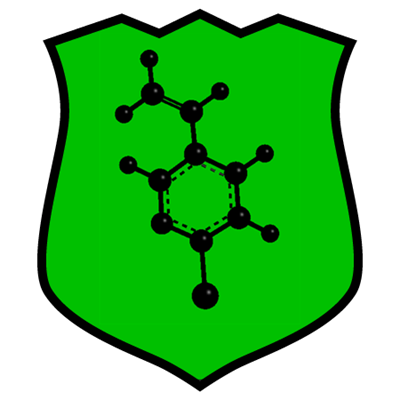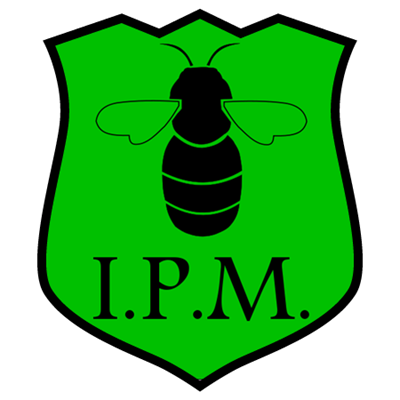Lesson 1 – Pollinator Ecosystems and Habitats
Living organisms depend on one another and on their environment for survival. Each organism in an ecosystem must fill its own niche if it is to survive. This introductory lesson will help students develop the cognitive skills needed to understand the importance of conserving pollinator ecosystems.
Lesson 2 – Plant Biology: The Ultimate Goal
Plant life cycles can be described as annuals, biennials, and perennials, Each life cycle contains 3 different phases of development; vegetative, reproductive, and dormancy. This lesson will help students develop a foundation of plant biology to build a better understanding of pollinators’ impact on them.
Lesson 3 – The Human-Honey Bee Connection
Honey bees are deeply valuable to the success of American agriculture and industry. This activity will help students connect with honey bees through the story of their historical relationship with humans. This lesson will also help students develop an understanding of the success and dependency humans have on honey bees and other pollinators.

Lesson 4 – How Do Bees Make Honey?
The expression “busy as a bee” is very accurate because honey bees are amazing, hard working little creatures. This lesson will help students develop an understanding of how a colony of bees convert flower nectar into honey. In turn students will deepen their connection with pollinators by relating with the amount of energy it takes a bee to produce the honey we consume.

Lesson 5 – Why Do Honey Bees Dance?
Honey bees have a complex society with specific roles for different individuals within the colony. They have an elaborate way of communicating with one another that involves activities normally attributed to humans, such as using astronomy, geometry, mapping, and even dancing! This lesson will help students develop a deeper understanding of bee biology and behavior.

Lesson 6 – Let’s Take A Pollinator Safari!
During the growing season, flowers, if pollinated, develop into seeds and fruits. Many plants can’t do this without the help of pollinators. The many animals, big and small, that make contact with flowers transfer pollen from flower to flower, driving the plant’s life cycle. Students will develop an understanding through observations of pollinators at work. Students will also develop skills and understanding to help pollinators be more successful.

Lesson 7 – Pollinators In Danger (How Can We Solve The Problem?)
Pollinators are important to the reproduction of the flowering plants that beautify our world, and to the flowering plants that produce much of our food supply. Our very survival depends on pollinators, but the survival of those pollinators is being threatened. Students will develop an understanding of why pollinators are endangered and work to develop a plan to prevent the further decline of pollinators in their area.

Credits: We thank all of those who assisted in this project. We recognized our ‘early adopter’ high school teachers, especially Joe Ruhl and Jonathan Eifler who led the team of curriculum writers. Many Purdue University students and staff helped develop and test the tools created. We thank Tammy Luck, Bransen Shidler, and Eric Imboden for website development and maintenance, Purdue’s Envision center for developing the virtual learning activities and Sean Lewis who assisted as graduate student. And, of course, we thank our funding sponsor, the Foundation for Food and Agriculture Research (FFAR).
Over a decade ago, the U.S. National Research Council referred to the global decline in the number and viability of animal species that facilitate reproduction of flowering plants as a “pollinator crisis.” At risk are about three-quarters of the world’s flowering plants that rely on pollinators. They warned that ignoring equates to exacerbating this crisis.
Since that time efforts have been made to educate agricultural producers, and pesticide applicators of the perils imposed by certain agriculture techniques and management practices, however, because they have not been made aware, the broader segments of society still have minimal appreciation for insect pollinators nor are they aware of the threat pollinators are under.
If pollinator protection programs are to be effective and sustainable, the general public, and youth in particular, must be educated so that they too, can join in the pollinator conservation movement. Innovative teachers can become effective agents of change within communities as they influence what and how students learn.
We hope that the creation and development of this website will help facilitate such pollinator conservation learning and implementation. ~ Tim Gibb and Christian Oseto ~
